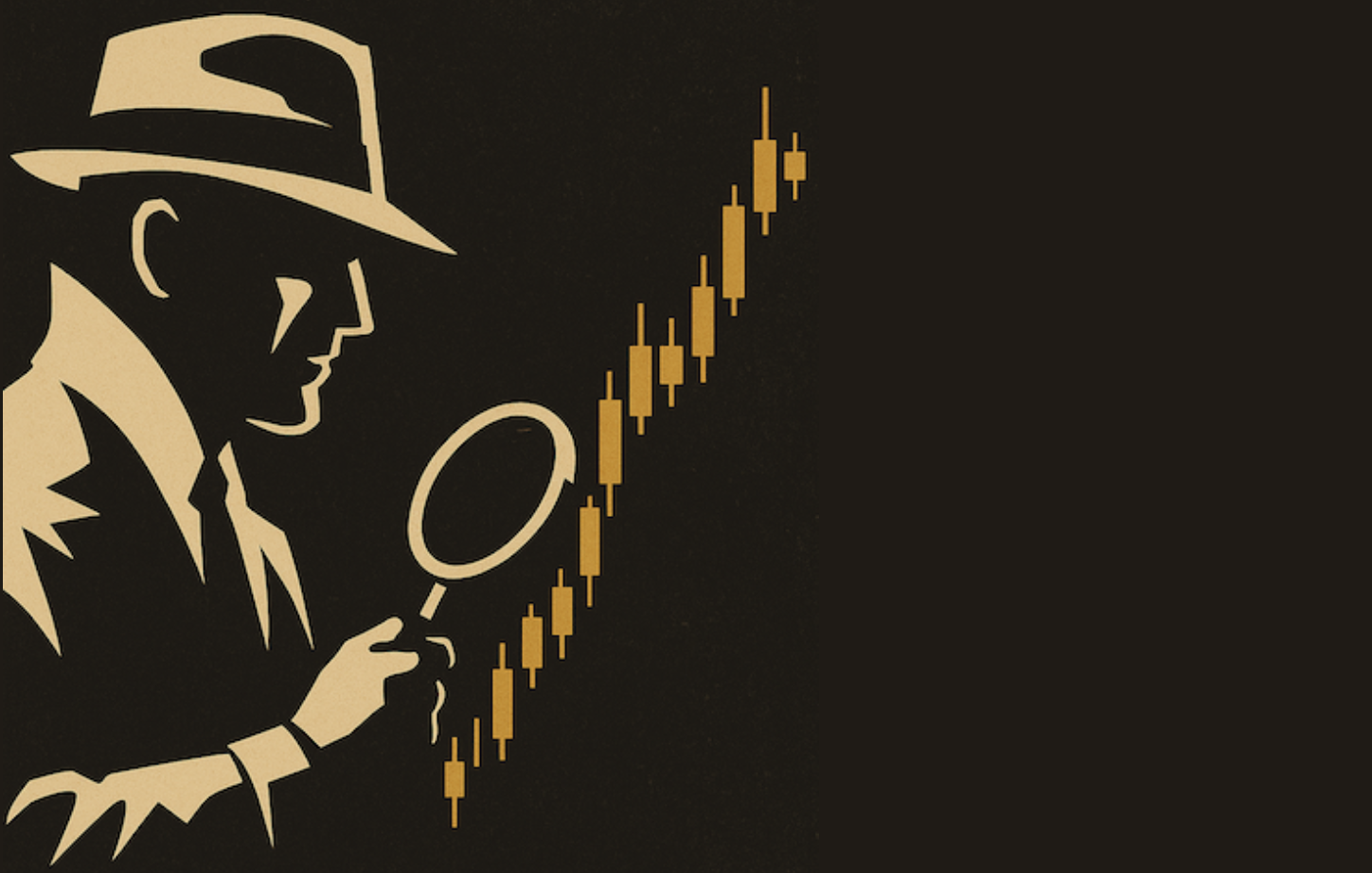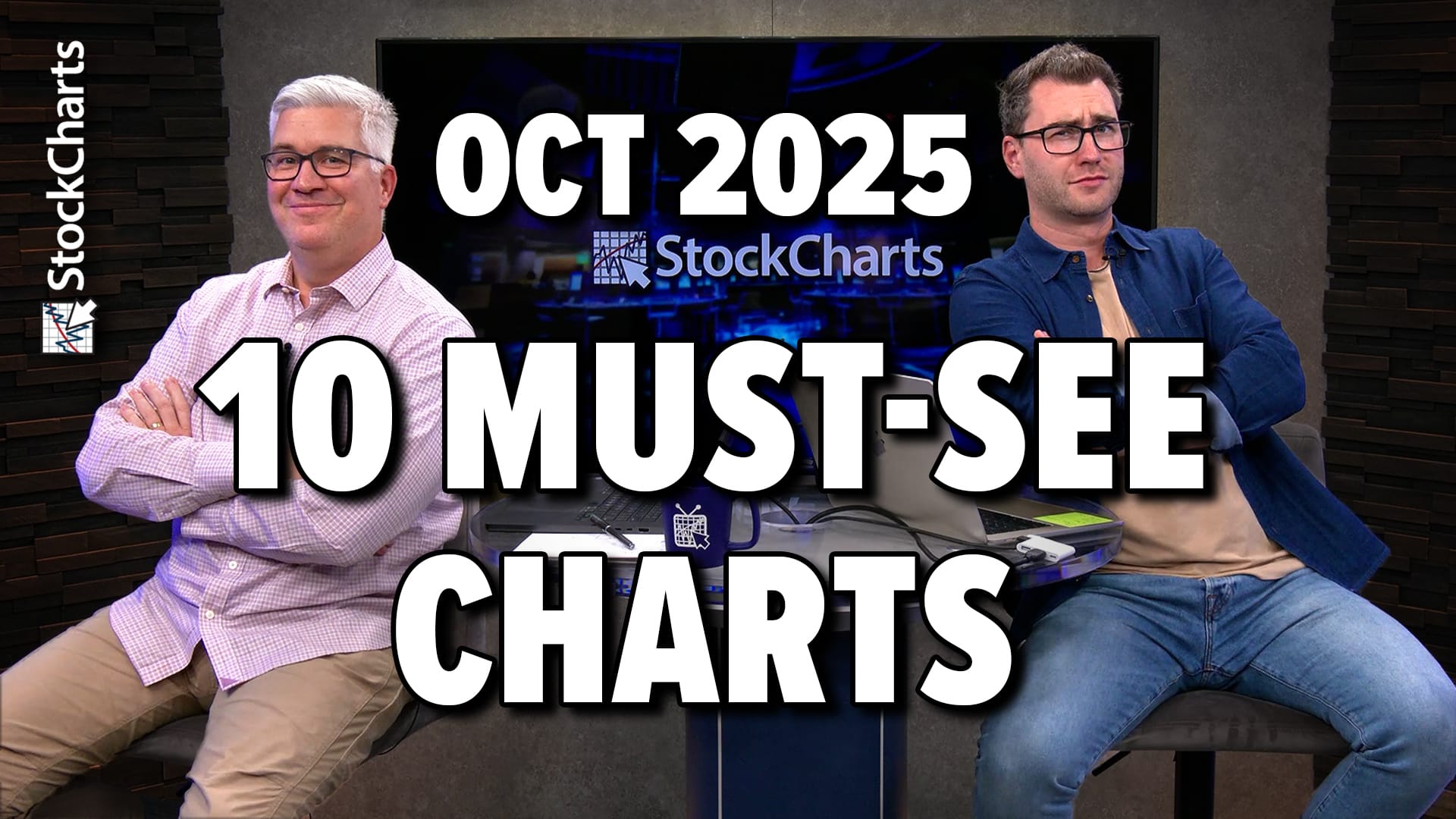P&F CHARTS SHOW A LOT OF UPTRENDS -- HOW TO USE THEM FOR REPEAT SIGNALS AND STOPLOSS PLACEMENT -- OIL HASN'T TURNED UP YET
S&P 500 SPDRS GIVE ANOTHER BUY SIGNAL ... Major stock averages achieved strong market gains with virtually all sectors and industry groups contributing. The only losers were gold and oil -- and their losses were relatively small. A sharp drop in oil prices, however, did give a market a big boost (more on oil later). Since I already showed several of the major stock indexes earlier in the week -- and since I showed some point & figure charts this morning -- I though I'd combine the two this evening to show how to use them together. The main value of p&f charts is that they give precise buy and sell signals. They also offer repeat buy signals and provide places to put protective stops. We're going to focus on the three ETFs for the S&P 500, the Nasdaq 100, and the Dow. The daily bars in Chart 1 shows the S&P 500 SPDRS hitting another 52-week high today. Chart 2 shows a p&f version of the same market.

Chart 1

Chart 2
P&F SIGNALS FOR S&P SPDR... A buy signal is given when a column of x's exceeds a previous column of x's. Chart 2 shows that the first buy signal for the S&P 500 SPDRs took place at 111.40 during October. Other buys took place as each previous x column was exceeded. They were at 112.40, 113.20, and 114.80. Over the last few days, the p&f chart traded between 117.60 and 116.80. Another upside breakout today produced another buy signal. Notice, however, that the last column of o's (down column) stops at 116.80. To produce a short-term sell signal, the S&P SPDR would have to drop to 116.60. A shorter term trader could use that level as a stopout point to protect against any sudden downturn.
QQQ BUY SIGNALS AND STOPOUT POINTS... The sensitivity of point & figure charts can be changed to allow for a longer or a shorter term view. That can be done by varying the box size. Chart 3 is a .25 point chart of the Nasdaq 100 Shares (QQQ). It shows that the last buy signal was given at 37. Although that chart is helpful for a longer term view, it's not as useful for trading purposes. Chart 4 uses a smaller box size. Each box is worth only .10 points. In that more sensitive chart, there are more numerous buy and sell signals. Those repeat buy signal offer second and third chances to get aboard an emerging uptrend. Or, they offer opportunities to add new layers to existing positions. They also allow the trader to raise protective stops to just below the last column of o's. Chart 4 offers stopout points at 37.60, 37.10, and 36.70. Shorter-term traders can use the tightest stop at 37.60. Others can use one of the lower stops. Or, you can stagger your stops. Put one under 37.60 for a third of your position. Put the other two thirds under the other two. That way you can sell a trading part of your position on a short-term downdraft, but still hold onto a core position. The horizontal bars in Chart 5 show where those stops are located on a bar chart. You can use the bar chart for the same purpose. But the signal points are easier to spot on the p&f chart.

Chart 3

Chart 4

Chart 5
DOW DIAMONDS... The first chart of the Dow Diamonds show a major buy signal being given at 103 during November. It's on the verge of giving another one at 105.50. The second chart uses a smaller box size to uncover several earlier signals -- the first one occurring at 99.30 in late October. Since then, three other buys have been given as succeeding columns of x's have been exceeded. The last buy signal occurred this week at 104.50. The first protective stop is just below the last column of o's at 103.80. The horizontal bar in Chart 8 show where that stopout point would be located on a daily bar chart. That may be too close for some, but would be useful for shorter term traders. The bar chart also shows the Dow holding its breakout over its September peak and resuming its uptrend today.

Chart 6

Chart 7

Chart 8
CRUDE STILL ON A P&F SELL -- NO OIL SERVICE BUY YET... Yesterday I showed a bar chart of crude oil bouncing off a rising support line and suggested that it might be bottoming. The p&f chart of crude shows what it looks like after today's selling (see red o's). Crude gave an initial sell signal at 51.50 and another at 48.50. As of today, those sell signals are still intact. To provide a buy signal, crude would have to exceed the last x column at 49. Since each box on the chart is worth .50 cents, crude would have to hit 49.50 to give a short-covering signal or a new buy signal. It's one thing to think that something is turning back up. It's another to get an actual buy signal. So far, oil hasn't. Neither has the oil service group. Chart 10 shows the Oil Service Holders still in a p&f downtrend with the initial sell signal coming at 81.20. To reverse that sell signal, and give a new buy signal, the OIH needs to rise to 80.40 to exceed its previous x column. For those who want more convincing, a second buy signal would occur at 81.40. Chart 11 shows where those stops are located on the daily bar chart. The bar chart shows the OIH having trouble getting back over its 50-day average, which is also necessary for a buy signal to take place. That's a good example of why it's better to use bar and point & figure charts together.

Chart 9

Chart 10

Chart 11













